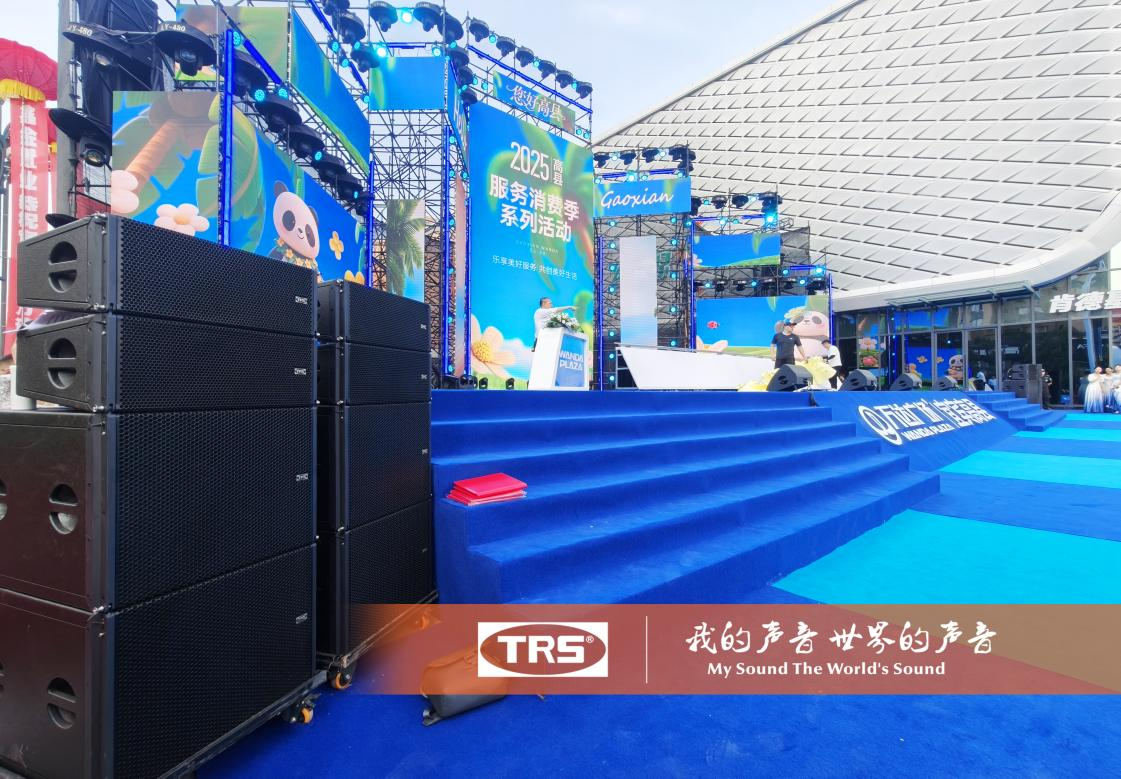In the world of audio engineering, achieving high-quality sound reproduction is of vital importance, especially in live performance environments. One of the most effective tools for achieving excellent sound quality is the line array audio system. This technology has revolutionized the way sound is distributed in large venues, creating a stunning sound field that captures the audience&39;s attention. In this article, we will explore how line array audio equipment works, its benefits, and how to create an immersive sound experience.
Understanding Line Array Audio Systems
Line array sound systems consist of multiple loudspeakers arranged vertically. This design allows for more effective control of the dispersion of sound waves than traditional loudspeaker layouts. The key to the efficiency of line array sound systems is their ability to form a coherent wave front, thereby minimizing phase interference and maximizing sound clarity.
When a line array produces sound, the individual speakers work together to project the sound in a specific direction. This directivity control is critical in large venues, where it is easy for the sound to become muddled and distorted. By focusing the sound energy, a line array can provide consistent sound quality over long distances, ensuring that every audience member gets the performance experience they intended.
The science behind sound field creation
The concept of “soundstage” refers to an immersive audio experience that wraps the audience and makes them feel as if they are at the performance. Line array systems achieve this through several key principles:
1. Control Decentralization
One of the highlights of line array audio equipment is its controllable diffusion pattern. Unlike traditional speakers that radiate sound in all directions, line arrays are designed primarily to project sound in a horizontal plane. This means that sound waves are directed directly toward the audience, rather than reflecting off walls and ceilings, thus avoiding echoes and phase cancellation.
Controlled dispersion creates a more even sound field, keeping volume and clarity consistent throughout the venue. This is especially important in large stadiums or outdoor festivals, where the distance between the stage and the audience can vary greatly.
2. Condensed wavefront
When multiple speakers are used in a line array configuration, they form a cohesive wavefront. This means that the sound waves produced by each speaker combine in a way that enhances their overall effect. Ultimately, the audience perceives a single, unified sound source rather than a collection of multiple speakers, resulting in a more powerful, immersive sound experience.
The ability to create a cohesive wavefront is further enhanced by advanced digital signal processing (DSP) technology. DSP enables sound engineers to fine-tune the performance of each speaker in the array, ensuring they work together in harmony. This precision is essential to achieving the powerful soundstage that line arrays are known for.
3. Long-range shooting ability
Line array systems are designed for long-throw applications, meaning they can project sound a considerable distance without losing quality. This is particularly beneficial in large venues where the audience is spread out over a wide area. The vertical arrangement of the speakers allows for a more focused sound projection, ensuring clear and powerful sound even when sitting far from the stage.
The long-throw capability of a line array also reduces the need for additional speaker systems, avoiding additional installations and increased costs. By relying on a single line array system, sound engineers can simplify equipment requirements while still delivering exceptional sound quality.
Advantages of Line Array Audio Equipment
The benefits of using a line array audio system extend beyond sound quality. Here are some other reasons why it’s popular in live sound reinforcement applications:
1. Scalability
Line array systems are highly scalable and suitable for a wide range of events, from small concerts to large music festivals. Sound engineers can easily add or remove speakers from the array based on the specific needs of each venue. This flexibility ensures optimal sound coverage without compromising sound quality.
2. Reduce feedback issues
Feedback is a common problem in live sound reinforcement environments, often resulting in an unpleasant, high-pitched noise. The controlled diffusion design of a line array helps minimize feedback problems by directing the sound away from microphones and other sensitive equipment. This allows performers to move freely around the stage without the constant fear of feedback disrupting the performance.
3. Aesthetic Appeal
In addition to the technical advantages, line array systems also have aesthetic advantages. Line arrays feature a sleek vertical design that blends seamlessly with the stage setting, resulting in a more visually appealing show. This is especially important for events where overall production value is important.
in conclusion
Line array sound systems have revolutionized live sound engineering, creating a powerful sound field that not only captures the audience&39;s attention but also enhances the performance. With controlled dispersion, focused wavefronts and long-distance projection capabilities, these systems can provide immersive and stunning sound quality. As technology continues to develop, line array sound equipment will undoubtedly continue to lead the way in sound innovation, ensuring that audiences around the world can enjoy unforgettable sound experiences. Whether it is a concert hall, a stadium or an outdoor music festival, the influence of line array sound systems is unquestionable, making it an indispensable tool for sound engineers and performers.
Post time: Jul-20-2025


